Table of Contents
ToggleNavigating the world of financial aid can feel like trying to solve a Rubik’s Cube blindfolded. But fear not! Qualifying for FAFSA might just be easier than finding matching socks in the laundry. With a bit of guidance, anyone can unlock the door to federal student aid and lighten the financial burden of college.
Understanding FAFSA
FAFSA, or Free Application for Federal Student Aid, determines eligibility for financial aid. Applicants must meet specific criteria. U.S. citizenship or eligible non-citizen status represents foundational requirements. Enrollment in an eligible program at a college or university significantly impacts eligibility as well.
Submitting FAFSA is necessary for most federal student aid programs. Complete the application each year to maintain access to aid. Information provided should include financial details for both the student and their parents, if applicable. Using the previous tax year’s income simplifies this process.
Meeting deadlines is crucial. Each state and institution may have different deadlines for financial aid. State deadlines can range from January to June, while federal deadlines usually fall on June 30. Early preparation enhances the chances of receiving aid.
Understanding Expected Family Contribution (EFC) clarifies aid potential. EFC, calculated from the information entered in FAFSA, guides schools on the aid types the student may qualify for. Schools utilize EFC to create financial aid packages tailored to individual needs.
Documentation requirements can vary by state and institution. Gather necessary documents, such as Social Security numbers, tax information, and bank statements, for accurate reporting. Some states may request additional information during verification processes.
Eligibility is assessed based on factors like financial need, academic performance, and enrollment status. As families face different financial situations, understanding these components can help navigate the application process. They can ensure all required information gets reported accurately and on time, maximizing potential financial aid opportunities.
Eligibility Requirements

Qualifying for FAFSA involves meeting specific eligibility criteria. Several key factors determine a student’s access to federal student aid.
Basic Criteria
U.S. citizenship plays a crucial role in FAFSA eligibility. Eligible non-citizens, including permanent residents, also qualify. Enrollment in an eligible program at an accredited institution is mandatory. Students must be enrolled at least half-time to access federal aid. High school completion is essential, but applicants can also qualify if they possess a General Educational Development (GED) certificate. Age does not disqualify anyone; both dependent and independent students can apply.
Financial Need
Demonstrating financial need is a primary component of qualifying for FAFSA. The application assesses household income and family size, influencing the Expected Family Contribution (EFC). The EFC measures how much a family can contribute toward a student’s education. Institutions use this information to determine the types and amounts of financial aid a student may receive. It’s important to present accurate information; errors can impact eligibility. Many states consider revenue and resources, which can vary based on local regulations. Financial need significantly affects award packages, making precise financial reporting essential.
Steps to Apply for FAFSA
Applying for FAFSA involves a few straightforward steps that require attention to detail. Preparing thoroughly ensures a smooth application process.
Gather Necessary Documents
Students must collect several essential documents before starting the FAFSA application. Social Security numbers, for themselves and their parents, form the foundation of the information required. Tax returns from the previous year also play a critical role in reporting income accurately. Bank statements and records of untaxed income further enhance the application’s quality. Maintain a list of additional documents needed by the state or institution, as financial aid requirements can vary. Having these documents ready simplifies the completion of the FAFSA.
Fill Out the Online Application
Students use the FAFSA online portal to fill out the application. Creating an FSA ID initiates this process, providing access to the application and allowing for electronic signature verification. Each section requires completion, including personal demographics, school information, and financial details. Use the gathered documents to ensure accuracy in reporting finances. Review the application carefully before submission to catch any errors or omissions. After submitting, tracking the application status enables students to stay informed about their aid eligibility.
Tips for Maximizing Your FAFSA Benefits
Maximizing benefits through FAFSA requires attention to detail and awareness of common pitfalls. Students can enhance their chances for receiving financial aid by following these guidelines.
Common Mistakes to Avoid
Submitting incorrect information often leads to delays or ineligibility for aid. Students must ensure Social Security numbers and tax details are accurate, avoiding typographical errors. Missing deadlines results in lost opportunities for aid. Each state and institution has specific timelines, so tracking those dates is essential. Neglecting to report all income can affect the calculation of Expected Family Contribution, impacting financial aid amounts. Students often overlook their dependency status, which can change eligibility criteria. Clarifying dependence on parents or guardians while submitting FAFSA forms is crucial.
Seeking Additional Financial Aid
Exploring other financial aid options broadens access to resources. Scholarships provide more avenues for financial assistance; many organizations award scholarships based on academic merit or personal backgrounds. Grantees often benefit from state financial aid programs designed to complement federal funding, enhancing overall support. Institutional aid may exist, with colleges offering grants or scholarships to attract and retain students. Free community services, such as workshops, often help with understanding the application process and identifying resources. Encouragement to apply for multiple funding sources fosters financial independence and ensures students maximize available aid.
Qualifying for FAFSA opens doors to essential financial aid for students pursuing higher education. By understanding eligibility requirements and the application process, students can effectively navigate this crucial step. Gathering necessary documentation and adhering to deadlines are vital for success.
With careful preparation and attention to detail, applicants can enhance their chances of receiving aid. Exploring additional funding sources further strengthens financial support. Students should embrace the journey toward financial independence, knowing that help is available to ease the burden of college costs.







